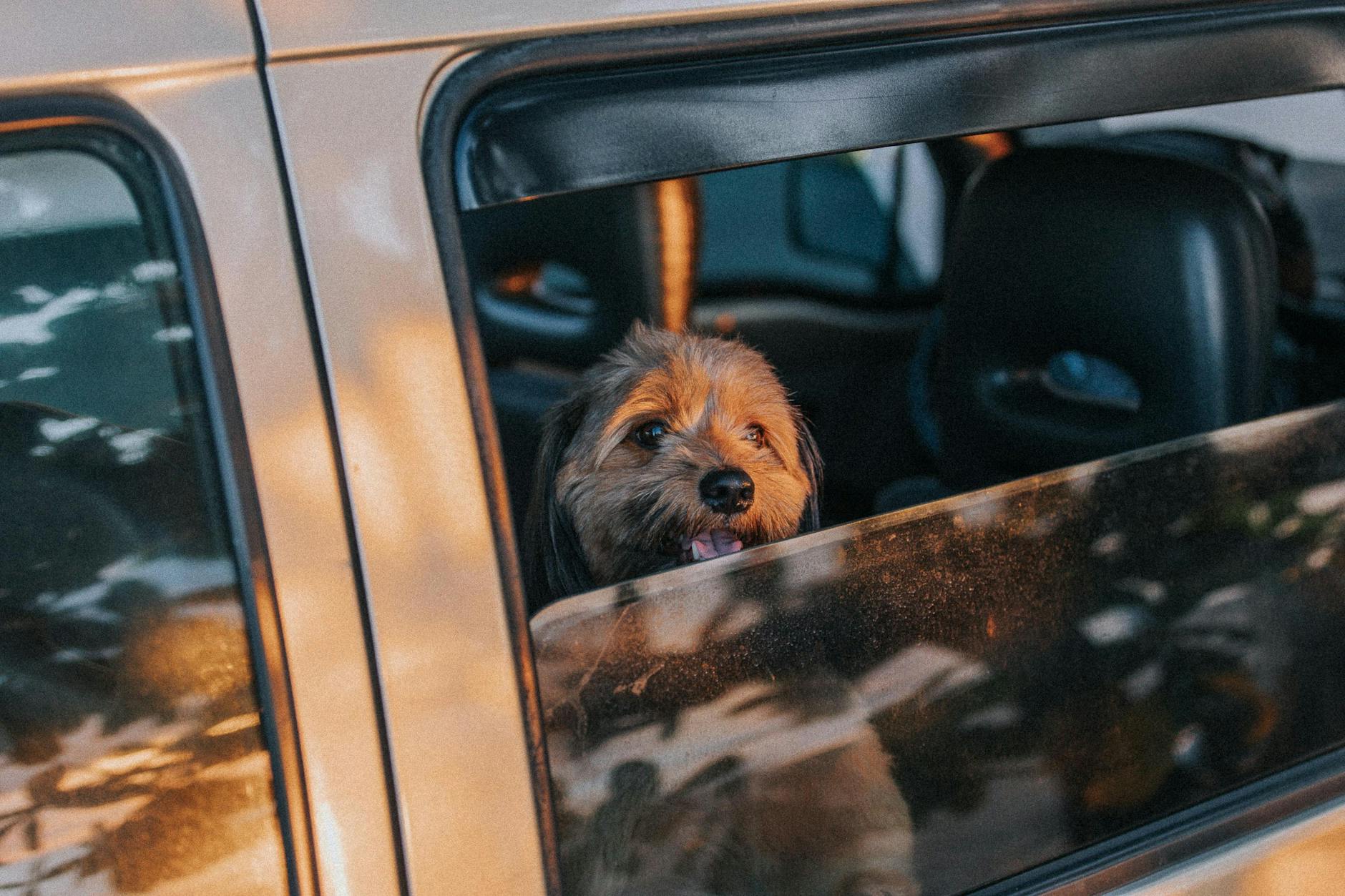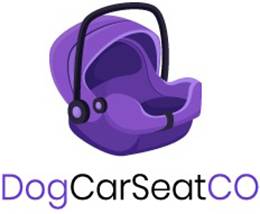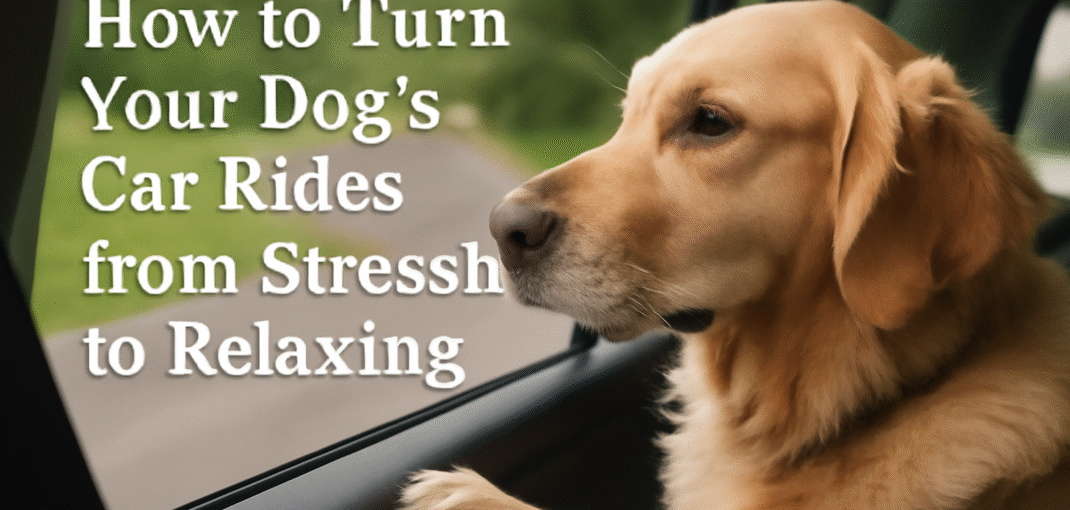For many families, a dog is part of every adventure. But while some pups leap into the car with joy, others freak out at the sight of an open door. If your dog seems to dread car trips, you’re not alone. Car rides spark anxiety for many dogs and their owners. The good news: With some patience and solid advice, you can transform those tense journeys into calm, even enjoyable, experiences for both you and your dog.
Understanding Why Dogs Get Stressed During Car Rides

Dogs, like people, pick up stress from change. The car throws a lot at them all at once: new sounds, jostling motion, and fast-moving scenery. Even a single negative trip—a vet visit, a car accident, or a frightening storm—can set up a lifetime of car jitters. When your dog begins to panic, it doesn’t just make travel hard. It can disrupt your plans and leave you feeling helpless.
Recognizing Stress Signs in Dogs
Learning how to spot your dog’s distress is step one.
Common signs include:
- Heavy panting or drooling
- Whining, barking, or howling
- Shaking, trembling, or cowering
- Trying to hide or escape
- Excessive licking or yawning
- Vomiting or having accidents
If you spot these signs, take a breath. Noticing early lets you help your dog before anxiety hits a peak. If you want to dive deeper into dog anxiety cues, Bond Vet has a thorough list of helpful dog car anxiety signs and solutions.
Typical Causes of Car Ride Anxiety
Many dogs might be set off by:
- Motion sickness: Like kids, dogs can get carsick, especially young pups or certain breeds.
- Unexpected noises: Rattles, honking, and unfamiliar engine sounds can jolt nerves.
- Negative associations: Past scary rides (trips to the vet or a kennel) tend to stick.
- New environments: Strange smells and unknown spaces can overwhelm.
- Breed and age: Puppies and some breeds (herding or working dogs) get jumpy in unfamiliar settings.
Research shows that stress in dogs can be just as taxing as in humans, affecting behaviour and health. Recognizing this, you’re better prepared to support your best friend.
Proven Ways to Make Car Rides Calmer for Your Dog
Turning worry into peace takes a few smart steps. Each dog is unique, so go at your pet’s pace.
Gradual Training and Positive Associations
Start simple. The trick is helping your dog see the car as a safe, happy place, rather than a scary, rolling box.
Step-by-step Desensitization
- Let your dog explore the car calmly (no engine running). Offer treats, cuddles, or a favourite toy in the back seat.
- Once your dog seems settled, try short sessions inside with doors open. Watch for stress, and keep it fun.
- Close the doors, sit together, and offer praise. No driving yet.
- Start the engine without moving. Reward calm behaviour.
- When these steps feel normal, take a short drive around the block—then slowly increase distance and time.
Linking the car to something your dog already loves (playtime at the park, a snack right after a drive) builds positive connections. The American Kennel Club’s guide to teaching your dog car confidence is a great resource for more steps.
Comfort Measures Before and During Travel
A little prep can make a big difference in your dog’s mood. Simple adjustments help soothe anxiety:
- Limit food before rides. A light stomach reduces the chance of carsickness.
- Pack familiar items. Bring your dog’s blanket, favourite toy, or even your shirt to add comfort.
- Control temperature. Keep it cool and ventilated. Cracked windows help with fresh air.
- Play calming music. Soft tunes found on streaming apps can quiet nerves.
- Use a dog seatbelt or carrier. Secure your pup for safety, which also helps many feel more stable and protected.
- Try anti-anxiety aids. Products like pheromone sprays, calming vests, or specific dog probiotics may offer extra peace.
If you’re planning a big road trip, packing a cleanup kit and essentials keeps stress lower for everyone. The Animal Humane Society’s road trip tips highlight other useful prep ideas for travelling with pets.
Addressing Motion Sickness and Severe Anxiety
For some dogs, the real issue is nausea or full-blown panic.
- Watch for drooling, excessive swallowing, and vomiting. These all cue motion sickness.
- Feed a small meal several hours before travelling, not right before. Keep water available but skip big gulps.
- Create smooth airflow. Open windows slightly and keep the ride gentle—avoid sharp turns or sudden stops.
- Talk to your vet if your dog still gets carsick or shows severe anxiety. Medication or natural supplements may help. A vet can suggest safe options so your dog can ride comfortably.
If you want examples or stories shared by real owners, browse communities like this dog car anxiety discussion.
Conclusion
A dog’s fear of car rides doesn’t have to be a permanent problem. By watching for early signs of stress and understanding what sets your dog off, you can begin to create a calmer, safer, and more positive car experience. Gradual exposure, preparation, and comfort tools all help. For any dog, but especially for those with tough travel memories, patience and consistency matter most. Over time, most dogs can learn to relax in the car—or even look forward to the trip.

